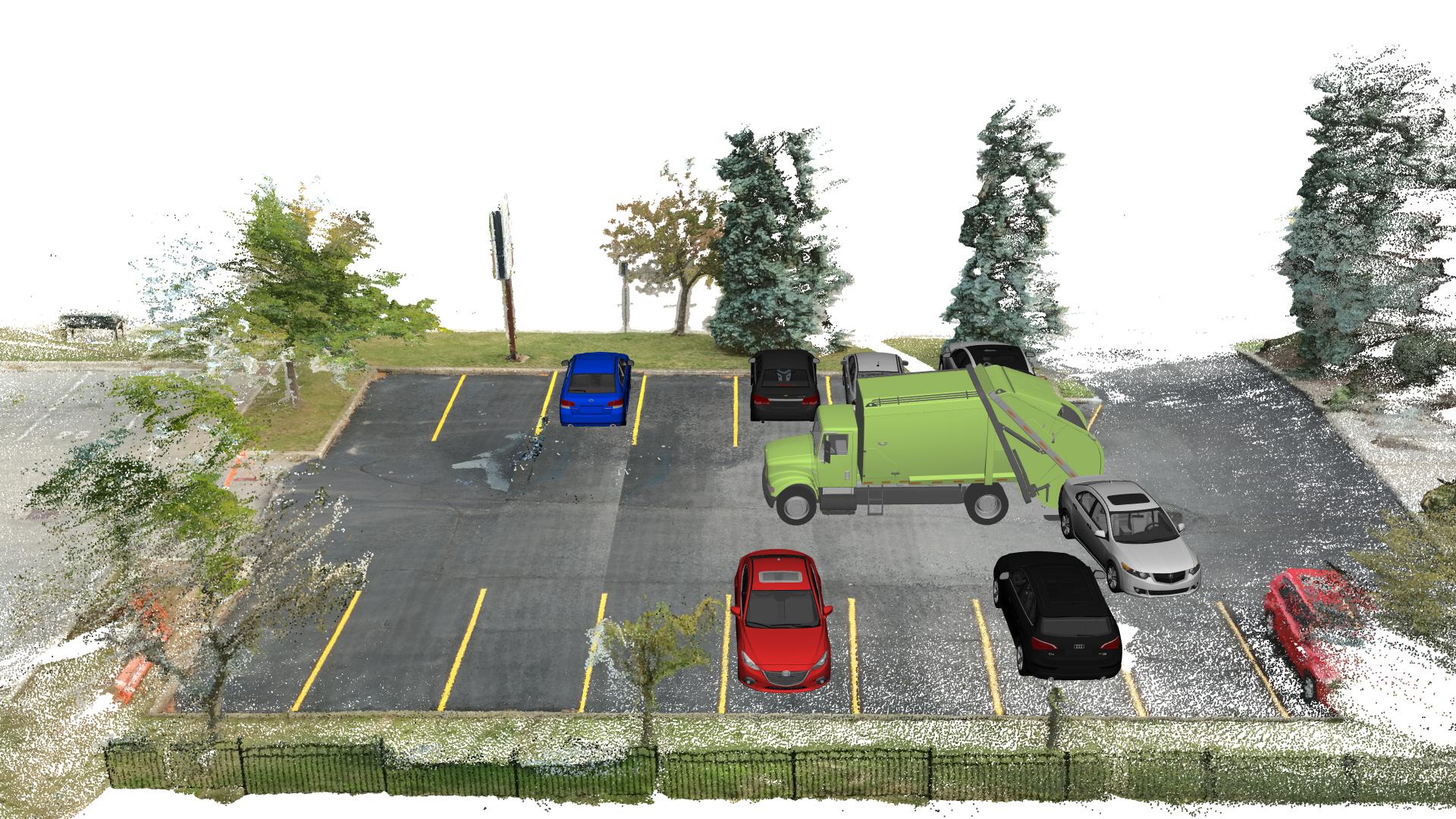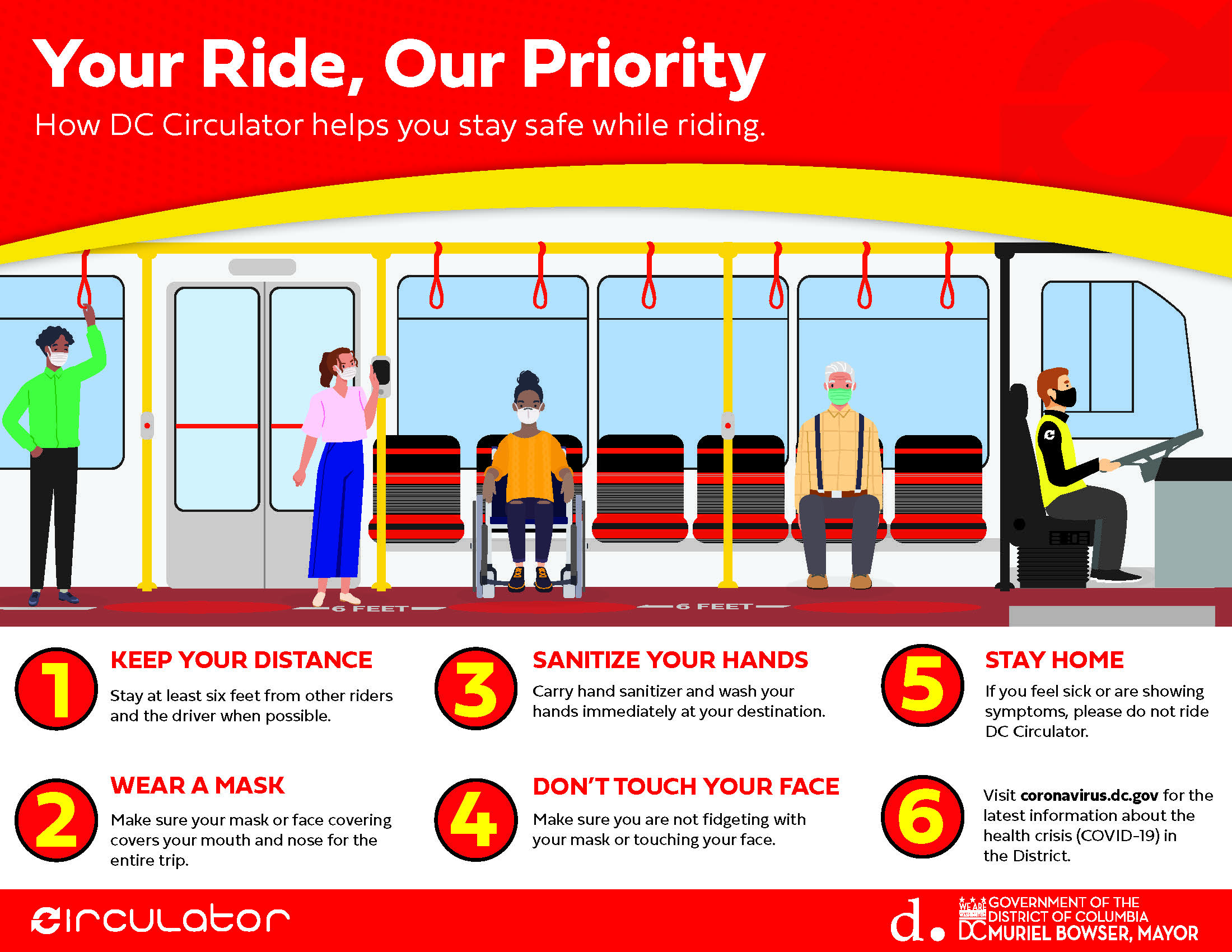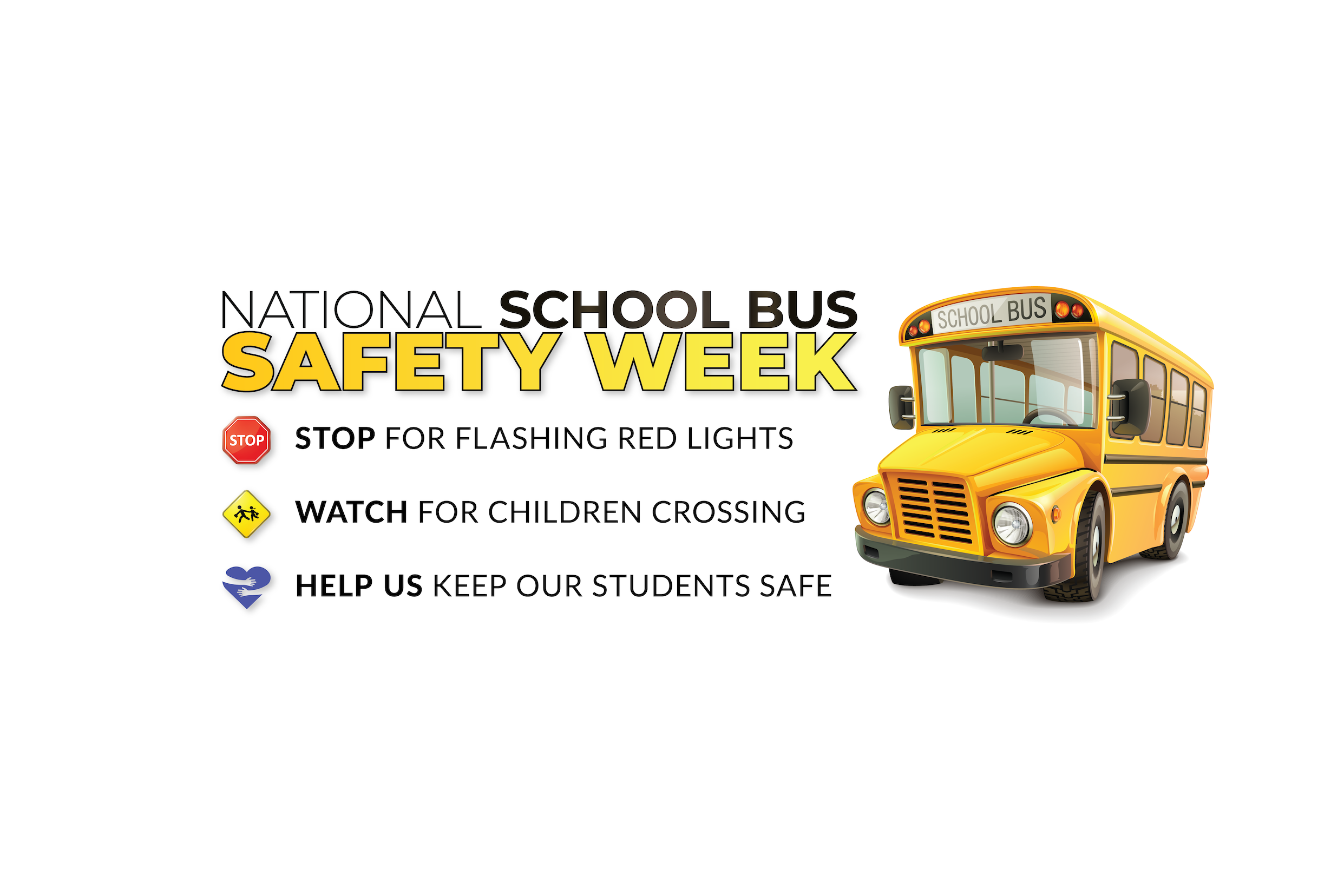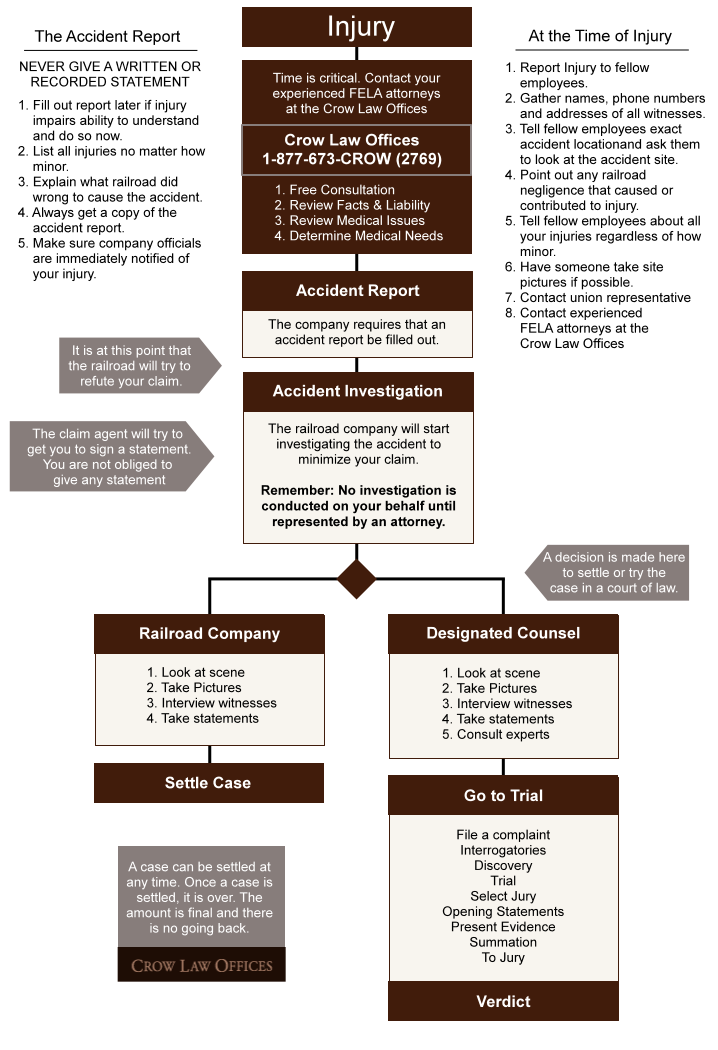Last month, I witnessed a bus accident on my way to work. The chaos and confusion at the scene made me realize just how complex these situations can be. With over 13,000 bus crashes involving injuries in the United States last year, it’s clear that understanding the intricacies of bus accident claims is more important than ever.

Source: usatoday.com
Public Transit Liability Complexities
When it comes to bus accident claims, we’re not dealing with your run-of-the-mill fender bender. These cases involve a web of legal considerations unique to public transportation systems. I’ve seen firsthand how the relationships between government entities, private contractors, and insurance companies can turn a seemingly straightforward claim into a legal labyrinth.
Public transit systems often operate under a complex structure of government oversight and private management. This means that when an accident occurs, liability can be distributed among multiple entities. We’re talking about transit authorities, municipalities, and even contracted service providers. It’s like trying to untangle a ball of yarn, except each strand could be a potential defendant.
The Large Truck and Bus Crash Facts 2021 report really puts things into perspective. There were 5,904 buses and large trucks involved in fatal crashes in 2021 – that’s an 18% increase from 2020. These numbers aren’t just statistics; they represent real people whose lives have been impacted by these accidents.
I recently came across a case that perfectly illustrates the complexity of these claims. A bus driver in Virginia was injured while walking to his vehicle, but the court ruled it wasn’t work-related. This decision has set a new standard for what constitutes a workplace accident in the context of public transit. It’s a reminder that even seemingly clear-cut cases can have unexpected outcomes.
Sovereign Immunity Challenges
Now, let’s talk about one of the biggest hurdles in bus accident claims: sovereign immunity. This legal principle can act like a shield, protecting government entities from lawsuits. It’s rooted in the idea that the government can’t be sued without its consent. Sounds pretty unfair, right?
But here’s the thing – many states have enacted tort claims acts that provide limited waivers of sovereign immunity. These acts are like small cracks in that shield, allowing victims to seek compensation under specific circumstances. I’ve seen cases where understanding these specific immunity laws made all the difference in navigating a successful claim.
I remember a recent case where a plaintiff sued a city transit authority for injuries sustained in a bus accident. Initially, the court dismissed the case based on sovereign immunity. But the plaintiff’s attorney didn’t give up. They successfully argued that the state’s tort claims act allowed for the lawsuit to proceed due to an exception for negligent operation of a motor vehicle. It just goes to show how crucial it is to understand the nuances of these laws.
Tort Claims Act Waivers
Let’s dive deeper into tort claims act waivers. These are the legal mechanisms that allow you to sue a government body under limited circumstances. They’re like the fine print in a contract – easy to overlook, but absolutely crucial to understand.
These waivers typically come with strict procedural requirements. Miss a deadline or file the wrong paperwork, and your claim could be dismissed before it even gets off the ground. I’ve seen it happen, and it’s heartbreaking when a valid claim gets tossed out due to a technicality.
One thing to keep in mind is that these waivers often include shorter statutes of limitations compared to standard personal injury claims. You might have years to file a typical car accident claim, but when it comes to suing a government entity, you could be looking at a matter of months or even weeks.
Notice Requirements and Deadlines
Speaking of deadlines, let’s talk about notice requirements. When you’re dealing with government entities in bus accident claims, you’re up against some seriously strict timelines. These aren’t your average “file within two years” kind of deadlines. We’re talking about requirements to inform the government entity of your intent to file a claim within a specific timeframe – sometimes as short as 30 days from the date of the accident.
I’ve put together a table to give you an idea of what these timelines can look like:
| Entity Type | Typical Notice Period | Statute of Limitations |
|---|---|---|
| City/County | 60-180 days | 1-2 years |
| State | 90-365 days | 1-3 years |
| Federal | 2 years | 2 years |
But it’s not just about meeting deadlines. Proper documentation and adherence to specific formatting requirements are often necessary when submitting notices and claims. It’s like submitting a tax return – one small error can lead to big problems down the line.
Multi-Party Liability Scenarios
Now, let’s unravel the web of responsibility in bus accident claims. These cases frequently involve multiple potentially liable parties, creating a complex scenario that can be challenging to navigate.
Liability in bus accidents can extend far beyond just the transit authority. We might be looking at vehicle manufacturers, maintenance contractors, and even other drivers involved in the incident. Determining the percentage of fault for each party is a critical aspect of building a strong bus accident claim.
I’ve worked on cases where the concept of joint and several liability came into play. This legal principle allows plaintiffs to recover full damages from any defendant found to be partially at fault. It’s a powerful tool in ensuring victims receive fair compensation, especially in cases where one party might not have the resources to cover the full damages.
The 2021 Large Truck and Bus Crash Facts report provides some sobering statistics. School buses were involved in 80 fatal crashes, intercity buses in 17, and transit buses in 78 fatal crashes in 2021. These numbers highlight the diverse range of bus types involved in serious accidents and the potential for multi-party liability in each case.

Source: website-files.com
Maintenance Contractor Liability
Let’s talk about an often-overlooked aspect of bus accident claims: maintenance contractor liability. These third-party contractors can be held responsible for mechanical failures that lead to accidents. I’ve seen cases where a seemingly minor oversight in maintenance led to catastrophic consequences.
Maintenance records and service contracts are crucial pieces of evidence in establishing contractor liability. I once worked on a case where meticulous record-keeping by a whistleblower mechanic proved that the maintenance company had been cutting corners for years. This evidence was instrumental in securing a substantial settlement for the victims.
In complex cases, we often need to bring in expert testimony from mechanical engineers or vehicle safety specialists. These experts can break down technical information for the court, explaining how a maintenance failure led to the accident. Their testimony can be the difference between a successful claim and a dismissal.
Driver Employment Status
The employment status of the bus driver – whether they’re a direct employee or a contractor – can significantly impact the claim process and potential defendants. It’s not just a matter of semantics; it can completely change the landscape of your case.
When we’re dealing with employee drivers, they typically fall under the doctrine of respondeat superior. This legal principle means that the employer can be held liable for the actions of their employees while on the job. It’s like casting a wider net of responsibility.
On the flip side, independent contractor drivers may bear personal liability. This can potentially limit the pool of defendants, which might affect the available compensation for victims. I’ve seen cases where the classification of a driver as an independent contractor significantly complicated the claim process.
The impact of driver classification goes beyond just determining who’s liable. It can also affect insurance coverage and the overall compensation available to victims. In one case I worked on, the fact that the driver was an independent contractor meant that the victim had to pursue a claim against the driver’s personal insurance policy, which had much lower coverage limits than the transit company’s policy.
Technological Advancements in Bus Accident Claims
Technology is revolutionizing how we approach bus accident claims. Gone are the days when we relied solely on eyewitness accounts and physical evidence. Now, we have a wealth of digital data at our fingertips that can provide crucial insights into what really happened.
Advanced technologies in public transit vehicles are giving us detailed data about vehicle operation and driver behavior. It’s like having a silent witness that records every aspect of the journey. This digital evidence from various sources helps us reconstruct accident scenarios with greater accuracy than ever before.
I remember a case where the bus company claimed their driver was following all safety protocols. But when we accessed the vehicle’s advanced data recorder, it told a different story. The data showed that the driver had been speeding and made an abrupt lane change just before the accident. This information was crucial in securing a fair settlement for our client.
![Automotive Blackbox CAN Data Logger with SD [J1939, OBD2] – CSS ...](https://www.csselectronics.com/cdn/shop/files/canedge-can-bus-data-logger-css-electronics.jpg?v=1681234399)
Source: csselectronics.com
Advanced Event Data Recorders
Let’s talk about the “black boxes” of the bus world – advanced event data recorders. These sophisticated devices are like the bus’s own personal historian, keeping track of everything from speed to braking patterns and other vehicle operations.
These recorders capture a wide range of data points. We’re talking vehicle speed, brake application, steering input, and even engine performance. In one case I worked on, the data from the event recorder showed that the bus’s brakes had been applied fully several seconds before impact, contradicting witness statements that the driver hadn’t attempted to stop.
The data from these recorders is often admissible in court and can provide objective evidence of the events leading up to an accident. It’s like having an impartial eyewitness that never blinks or forgets. However, it’s important to note that specialized software and expertise are required to properly extract and interpret this data. It’s not something you can just plug into your laptop and read.
[This video provides a visual explanation of how event data recorders work in vehicles, which can help viewers understand the technical aspects of evidence collection in bus accident cases.]
[Video Source: https://www.youtube.com/embed/o_HEj4tuiVU]
Data Retrieval Protocols
Accessing and preserving data from event recorders isn’t as simple as pressing a download button. There are specific legal procedures that need to be followed, and believe me, they’re there for good reason.
One of the first things we do when handling a bus accident case is send out preservation letters. These letters are crucial because they prevent the potential loss or overwriting of crucial data. I’ve seen cases where valuable evidence was lost because these letters weren’t sent out promptly.
It’s also important to be aware that federal regulations may govern the retention and accessibility of event data recorder information in commercial vehicles. These regulations can affect how and when we can access the data, so understanding them is key to building a strong case.
Chain of custody documentation is another critical aspect when handling electronic data. It’s all about ensuring that the data we present in court is authentic and hasn’t been tampered with. I once worked on a case where the opposing counsel tried to argue that the data had been altered, but our meticulous chain of custody documentation shut down that argument quickly.
Expert Analysis of Telematics
Interpreting complex telematics data isn’t something you can do with a quick Google search. It requires specialized expertise to make sense of all those numbers and codes. That’s where telematics experts come in.
These experts can correlate data from multiple sources to create a comprehensive picture of the accident scenario. It’s like putting together a digital puzzle, where each piece of data contributes to the overall picture of what happened.
I’ve worked with experts who use advanced software tools to create 3D reconstructions and simulations based on telematics data. In one particularly complex case, this 3D reconstruction was instrumental in helping the jury understand the sequence of events leading up to the accident.

Source: liskeforensics.com
Expert analysis can reveal patterns of behavior or mechanical issues that may not be apparent from raw data alone. In one case, the expert’s analysis of telematics data over several months revealed a recurring brake issue that the maintenance team had repeatedly failed to address adequately. This information was crucial in establishing negligence on the part of the bus company.
Surveillance and Passenger Recordings
In today’s world, we’re surrounded by cameras. From surveillance systems on buses to passengers’ smartphones, there’s a good chance that if an accident happens, it’s been captured on video. This prevalence of surveillance cameras and passenger smartphones creates new opportunities for evidence gathering in bus accident cases.
Surveillance footage can provide visual evidence of road conditions, traffic patterns, and the actions of all parties involved in the accident. I remember a case where the bus company claimed our client had darted in front of the bus, but surveillance footage from a nearby store clearly showed that the bus had run a red light.
Passenger recordings are another valuable source of evidence. They may capture audio and visual details that official cameras miss, offering additional perspectives on the incident. In one case, a passenger’s cell phone video captured the bus driver texting just moments before the accident – evidence that wasn’t available from the bus’s official cameras.
Legal Issues in Obtaining Footage
While surveillance and passenger recordings can be incredibly valuable, obtaining and using this footage isn’t always straightforward. There are legal hurdles we need to navigate carefully.
In many cases, we need to issue subpoenas to obtain footage from private businesses or public entities. I’ve had situations where businesses were reluctant to hand over their surveillance footage, fearing potential liability. That’s where knowing the legal process and having a court order can make all the difference.
Privacy laws can also impact the accessibility and usability of certain types of surveillance footage. For example, there might be restrictions on accessing footage from inside the bus if it captures audio of passenger conversations. It’s a delicate balance between gathering evidence and respecting privacy rights.
Timing is absolutely critical when it comes to securing video evidence. Many surveillance systems overwrite data after a certain period – sometimes as short as 24 to 48 hours. I’ve seen cases where crucial evidence was lost because action wasn’t taken quickly enough to preserve it.
Social Media Evidence Collection
In this age of constant sharing, social media can be a goldmine of evidence for bus accident cases. Posts, videos, and even location check-ins related to the accident can provide valuable information to support your claim.
However, collecting social media evidence requires careful navigation of privacy settings and platform-specific data retention policies. It’s not as simple as taking a screenshot. We need to ensure that the evidence is collected in a way that maintains its integrity and admissibility in court.
Authentication of social media evidence is crucial for its admissibility in court. I’ve seen cases where the opposing counsel tried to argue that social media posts were fake or had been altered. That’s why we use specialized tools and processes to collect and verify this type of evidence.
Metadata from social media posts can provide valuable information about the time, location, and circumstances of shared content. In one case, the metadata from a passenger’s
Metadata from social media posts can provide valuable information about the time, location, and circumstances of shared content. In one case, the metadata from a passenger’s Instagram post helped us pinpoint the exact time of the accident, which contradicted the bus company’s official timeline.
Psychological Impact and Long-Term Consequences
Bus accidents aren’t just about physical injuries. The psychological toll can be just as devastating, if not more so. I’ve seen clients struggle with PTSD, anxiety disorders, and depression long after their physical wounds have healed.
These psychological injuries can have a profound impact on a person’s life. They can affect one’s ability to work, maintain relationships, and enjoy life. In some cases, the emotional scars last far longer than the physical ones.
![What Happens in the Brain During Trauma? [Infographic] - NICABM](https://www.nicabm.com/wp-content/uploads/2018/10/TraumaBrainInfographic.jpg)
Source: nicabm.com
Post-Traumatic Stress Disorder (PTSD) in Mass Transit Accidents
PTSD following bus accidents has its own unique characteristics. It’s not just about reliving the accident; it can also involve fear of using public transportation or even being on the road.
The Diagnostic and Statistical Manual of Mental Disorders (DSM-5) outlines specific criteria for PTSD diagnosis. These include symptoms like intrusive thoughts, avoidance behaviors, and heightened reactivity. In bus accident cases, we often see these symptoms manifesting in ways directly related to the incident.
The severity and duration of PTSD symptoms can significantly impact the value of a personal injury claim. I’ve worked on cases where the ongoing psychological treatment costs far exceeded the initial medical expenses for physical injuries.
It’s worth noting that, according to the National Highway Traffic Safety Administration, an average of 13,200 people are injured in school bus accidents each year. Many of these individuals, especially children, may experience long-lasting psychological effects.
Expert Testimony on Collective Trauma
When dealing with bus accidents, we’re often looking at a scenario of collective trauma. This is where mental health professionals can provide crucial testimony on the psychological impact of being involved in a mass casualty event.
These experts can explain how collective trauma differs from individual trauma and how it can affect a group of people who experienced the same event. Their testimony can be instrumental in helping judges and juries understand the full scope of the psychological damage.
In some cases, we’ve used neuropsychological testing to objectively measure cognitive and emotional impacts of trauma. These tests can provide concrete evidence of how the accident has affected a person’s mental functioning, which can be crucial in establishing the extent of damages.
Long-Term Monitoring and Documentation
Psychological injuries don’t always manifest immediately after an accident. That’s why ongoing assessment and documentation are crucial for supporting claims for future damages.
Regular psychological evaluations can track the progression or resolution of trauma-related symptoms over time. This longitudinal data can be powerful evidence in demonstrating the long-term impact of the accident.
Detailed documentation of therapy sessions, medication management, and lifestyle impacts can support claims for ongoing care. I always advise clients to keep a journal documenting how their psychological symptoms affect their daily lives. This personal account can be compelling evidence in court.
Community Impact Considerations
Major bus accidents don’t just affect individuals; they can send shockwaves through entire communities. This broader impact is something we need to consider when building a comprehensive case.
Community impact assessments can quantify the wider social and economic effects of a major bus accident. For instance, if a school bus is involved, it might affect attendance rates or require additional counseling services for students.
Public health data can be a valuable resource in demonstrating increased stress levels or healthcare utilization in affected communities. I’ve worked on cases where we used this data to show how the accident had ripple effects far beyond the immediate victims.
Economic Ripple Effects
When public transportation is disrupted due to accidents, it can have far-reaching economic consequences. These effects might not be immediately obvious, but they’re important to consider in the overall impact of the incident.
Economic impact studies can quantify lost productivity and increased transportation costs for the community. For example, if a major bus route is shut down due to an accident, it might force thousands of people to find alternative, more expensive transportation options.
In some cases, we’ve brought in expert economists to calculate the long-term financial impact on local businesses and property values. This broader economic perspective can be crucial in cases involving municipal liability or class action lawsuits.
Public Trust Restoration
Rebuilding public confidence in the transit system following a major accident is no small feat. The costs associated with these efforts can be substantial and should be factored into the overall impact of the accident.
Public relations campaigns and safety improvement initiatives can be quantified as part of the overall cost of an accident. These efforts might include everything from advertising campaigns to major overhauls of safety protocols.
We’ve used surveys and focus groups to measure changes in public perception and ridership following an accident. This data can be valuable in demonstrating the full extent of the damage caused by the incident, beyond just physical injuries and property damage.

Source: foursquareitp.com
Innovative Compensation Structures
When it comes to bus accident claims, one size doesn’t fit all. Traditional compensation models often fall short in addressing the unique aspects of these cases. That’s why we need to think outside the box and explore creative approaches to ensure fair recovery for victims.
Innovative compensation structures can address both immediate and long-term needs of accident victims. This might involve a combination of lump sum payments, structured settlements, and even non-monetary compensation.
Alternative dispute resolution methods, such as mediation or arbitration, can sometimes facilitate more flexible compensation agreements. These methods can allow for more creative solutions that better meet the specific needs of the victims.
Structured Settlements for Long-Term Care
For victims with long-term injuries or psychological trauma, structured settlements can be a game-changer. These arrangements provide ongoing support, ensuring that the victim’s needs are met not just today, but for years to come.
Structured settlements offer several advantages, including tax benefits and long-term financial stability. They can be particularly beneficial for victims who might struggle with managing a large lump sum payment.
I’ve worked with professional life care planners to design customized payment schedules that meet anticipated future medical and living expenses. This approach ensures that the victim’s needs are covered for the long haul, not just in the immediate aftermath of the accident.
| Settlement Type | Advantages | Disadvantages |
|---|---|---|
| Lump Sum | Immediate access to funds, freedom to invest | Risk of mismanagement, potential loss of government benefits |
| Structured Settlement | Guaranteed income stream, potential tax benefits | Less flexibility, may not keep pace with inflation |
| Hybrid Approach | Combines immediate and long-term benefits | Complexity in setup and management |
Life Care Planning Integration
Incorporating comprehensive life care plans into settlement negotiations is crucial for ensuring all future needs are addressed. These plans go beyond just medical care, considering everything from home modifications to long-term therapy needs.
Life care plans are typically created by certified professionals who work closely with medical experts to project all future care needs. I’ve seen these plans make a huge difference in negotiations, providing a clear, detailed picture of the long-term costs associated with the victim’s injuries.

Source: lezdotechmed.com
Annuity Options and Tax Implications
Understanding the various annuity options available and their tax consequences is crucial to maximizing the value of a settlement. Different types of annuities – fixed, variable, indexed – offer varying levels of security and potential growth.
The tax treatment of structured settlement annuities differs from traditional annuities, often providing more favorable terms for the recipient. This can result in significant long-term savings for the victim.
In some cases, we’ve used qualified settlement funds to provide flexibility in the timing and structure of payments. This can be particularly useful in complex cases involving multiple plaintiffs or when there are concerns about the long-term financial stability of the defendant.
Community Benefit Agreements
In cases involving significant community impact, we sometimes negotiate compensation that includes benefits for the affected community as a whole. This approach can address broader societal impacts of bus accidents beyond individual compensation.
Community benefit agreements might include provisions for infrastructure improvements, safety initiatives, or community programs. For example, after a series of accidents at a particular intersection, we negotiated for the installation of new traffic signals and pedestrian crossings as part of the settlement.
These agreements can demonstrate corporate social responsibility and potentially improve public relations for transit authorities. It’s a way of acknowledging that the impact of a major accident extends beyond just the immediate victims.
Public Transportation Improvement Funds
Settlements that include funding for safety improvements in public transportation systems can have far-reaching benefits. These funds can be earmarked for specific enhancements, such as updated technology or driver training programs.
Implementation of these improvements may be monitored through regular reporting requirements as part of the settlement. This ensures that the promised changes are actually made and helps prevent similar accidents in the future.
We’ve used cost-benefit analyses to demonstrate the long-term value of safety improvements in preventing future accidents. This approach can be persuasive in negotiations, showing how a larger upfront investment can lead to significant savings and improved safety in the long run.
Educational and Awareness Programs
Incorporating funding for community education and awareness programs as part of the overall compensation package can help prevent future accidents. These programs can target various groups, including passengers, pedestrians, and other drivers.
Awareness campaigns may utilize multiple media channels to reach diverse populations. We’ve worked on cases where settlement funds were used to create comprehensive safety education programs in schools and community centers.
The effectiveness of these programs can be measured through surveys, accident rate statistics, and changes in public behavior. This data can be valuable in demonstrating the positive impact of the settlement beyond just monetary compensation.

Source: mymotherlode.com
Navigating the complexities of bus accident claims requires expertise and dedication. At Ultra Law, we understand the nuances of these cases and are committed to fighting for your rights. Our team has a proven track record of securing substantial verdicts and settlements in complex personal injury cases, including those involving public transit accidents.
We work on a contingency fee basis, meaning you don’t pay unless we win your case. This allows you to access high-quality legal representation without upfront costs, addressing one of the primary concerns in these often financially devastating situations.
If you’ve been involved in a bus accident, don’t navigate this complex process alone. Contact Ultra Law today for a free consultation. Let us put our expertise to work for you, ensuring that all aspects of your claim – from technological evidence to psychological trauma – are thoroughly addressed and fought for with unwavering commitment.
Key Learnings Recap
- Bus accident claims involve complex liability issues, often involving multiple parties and government entities.
- Technological advancements, including event data recorders and surveillance footage, play a crucial role in building strong cases.
- Psychological impacts and long-term consequences of bus accidents are significant and should be factored into compensation claims.
- Innovative compensation structures, such as structured settlements and community benefit agreements, can provide more comprehensive recovery for victims.
- Expert testimony and thorough documentation are essential in establishing the full extent of damages in bus accident cases.
- Timely action is crucial due to strict notice requirements and deadlines when government entities are involved.
- Understanding the nuances of sovereign immunity and how to navigate tort claims act waivers is vital for successful claims.
- Consideration of community impacts and public trust restoration can influence the scope and nature of settlements.
- Proper handling of digital evidence, including data retrieval and social media content, requires careful attention to legal protocols.
- Long-term monitoring of psychological effects and integration of life care planning can support claims for future damages.

Source: crowlawoffices.com
Understanding Las Vegas Truck Accident Complexities
Navigating Head-On Collision Settlements




